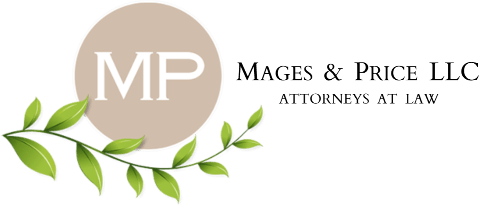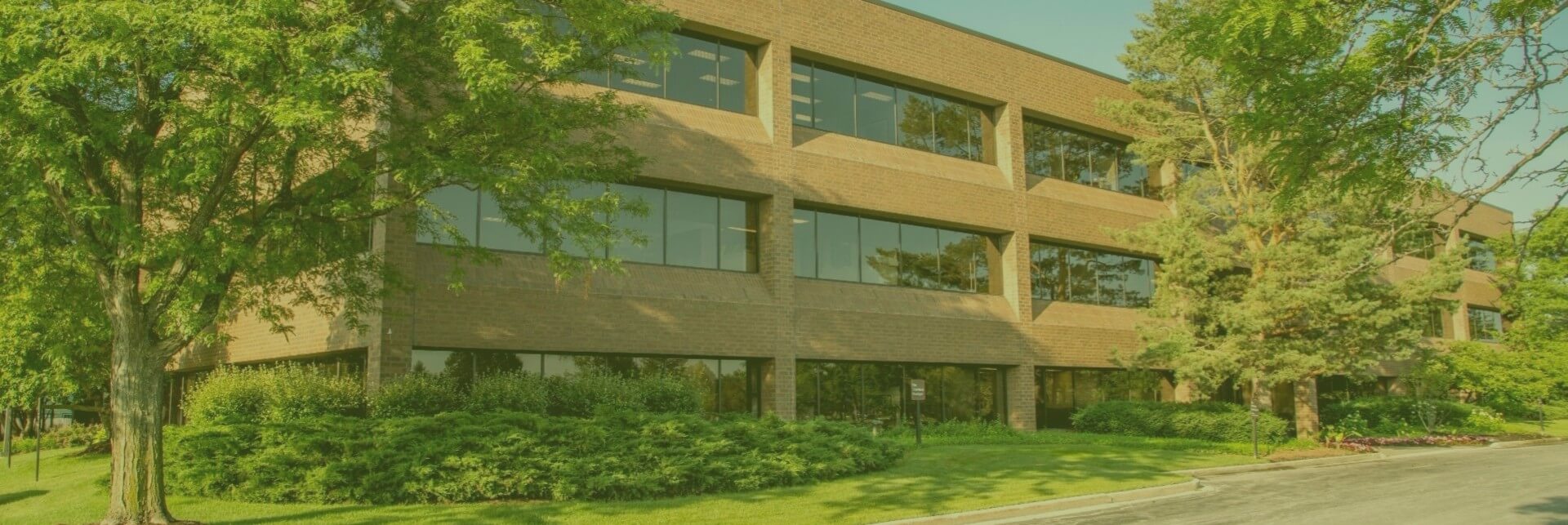09 Sep Mortgage Payments: Paying Interest on the Past Rather than the Future

Mortgages are long-term loans secured by real estate and include the principal amount you borrowed against the home as well as interest charged by the lender. Where many people get confused is how much they end up paying in interest over the life of the loan and how long it takes to pay down the principal amount owed. Here we review mortgage basics and why you pay interest on the past rather than the future.
Understanding Mortgage Payments
Your mortgage payment is based on the amount borrowed and the terms of the loan. Your mortgage term is the length of time given to pay the loan off in full. Most homeowners look to the 30-year mortgage term because the longer your term, the lower your monthly payments. Your mortgage payments are then calculated using the following four components:
1) Principal: This is the amount you borrow from the lender. Your mortgage payments at the beginning of the term will mostly go toward the interest, and gradually more will go toward the principal.This is because interest is front-loaded (more on this in the next paragraph).
2) Interest: Interest rates fluctuate daily. The lower the interest rate, the lower your monthly payment. To get an idea of how front-loaded interest affects your principal, a 3.5 percent interest rate on a $200,000 mortgage for a 30-year term would be about $898.09 per month with $583 going to interest and $315 going to the principal, to start. Illinois residential mortgages do allow you to make additional principal payments, without penalty, which can help you pay down your mortgage faster and reduce the amount of interest you pay in the long run.
3) Taxes: Adding to your payments are real estate or property taxes. These taxes are assessed by local government agencies and go toward public services. You receive a bill twice per year. You can choose to pay these taxes as part of your mortgage payments. This allows you to pay smaller installments across 12 months, instead of two larger lump sum payments.
4) Insurance: There are two types of insurance which may be included in your mortgage payment. The first is homeowners’ or hazard insurance which protects your family and your house and contents from fire, theft, and other disasters. The second is private mortgage insurance (PMI) which is mandatory if you put less than a 20 percent down payment on your home. Your PMI will automatically terminate once your principal balance reaches 78 percent of the original purchase price you paid for the home.
Some people prefer to add taxes and homeowners’ insurance to their mortgage payment to make it easier to manage these expenses, even though it increases their monthly payments. Still others prefer to pay these bills on their own and not tie up their funds in escrow with their lender.
Understanding Amortization
Amortization is basically how long it will take to pay off your mortgage. There are amortization schedule calculators that show you how much of each mortgage payment goes toward interest and how much goes toward principal. For example, a 30-year mortgage will have 360 payments. Your first mortgage payment is due on the first day of the second month following your mortgage closing. Mortgage interest payments are made in “arrears” or “backward-looking” – meaning you are paying the previous month’s interest when you make your payment. This is the opposite of rent which is paid in advance of the month upcoming.
If you liked this post, please follow us on Facebook and LinkedIn.




Sorry, the comment form is closed at this time.